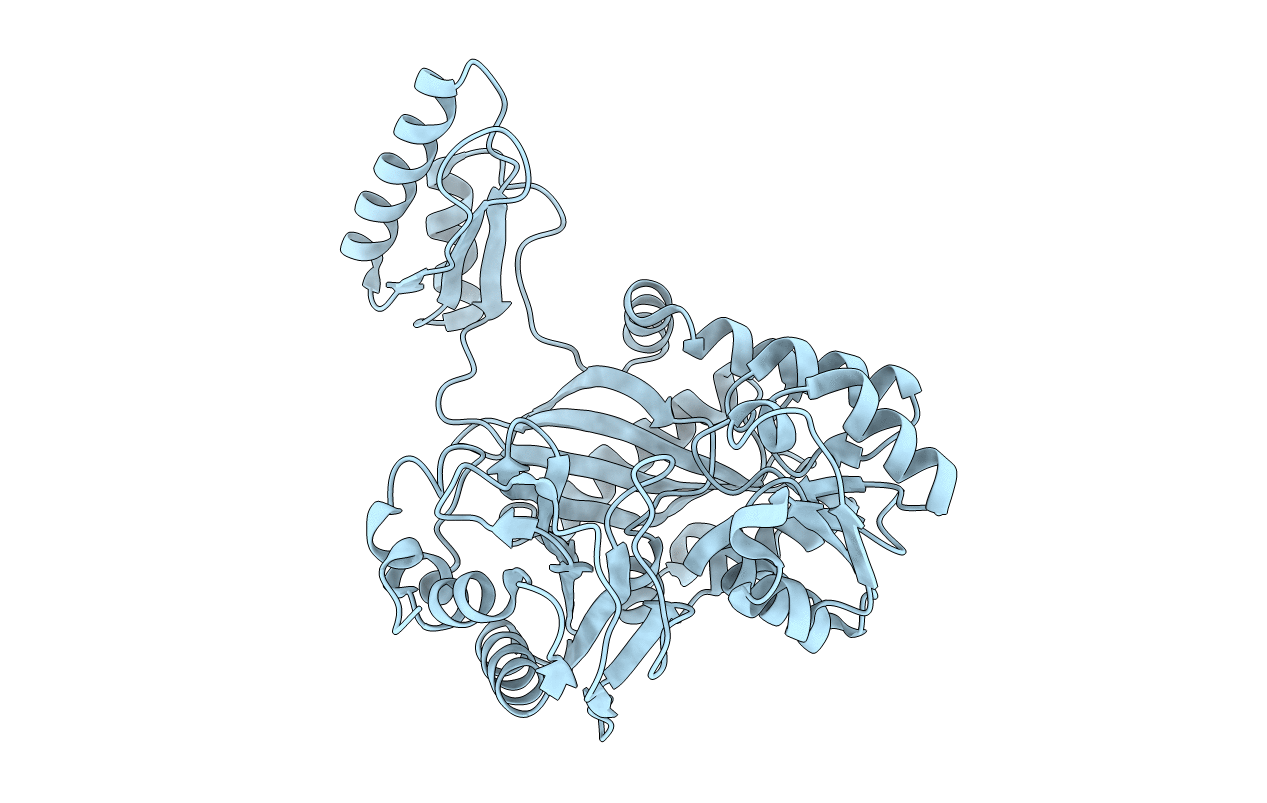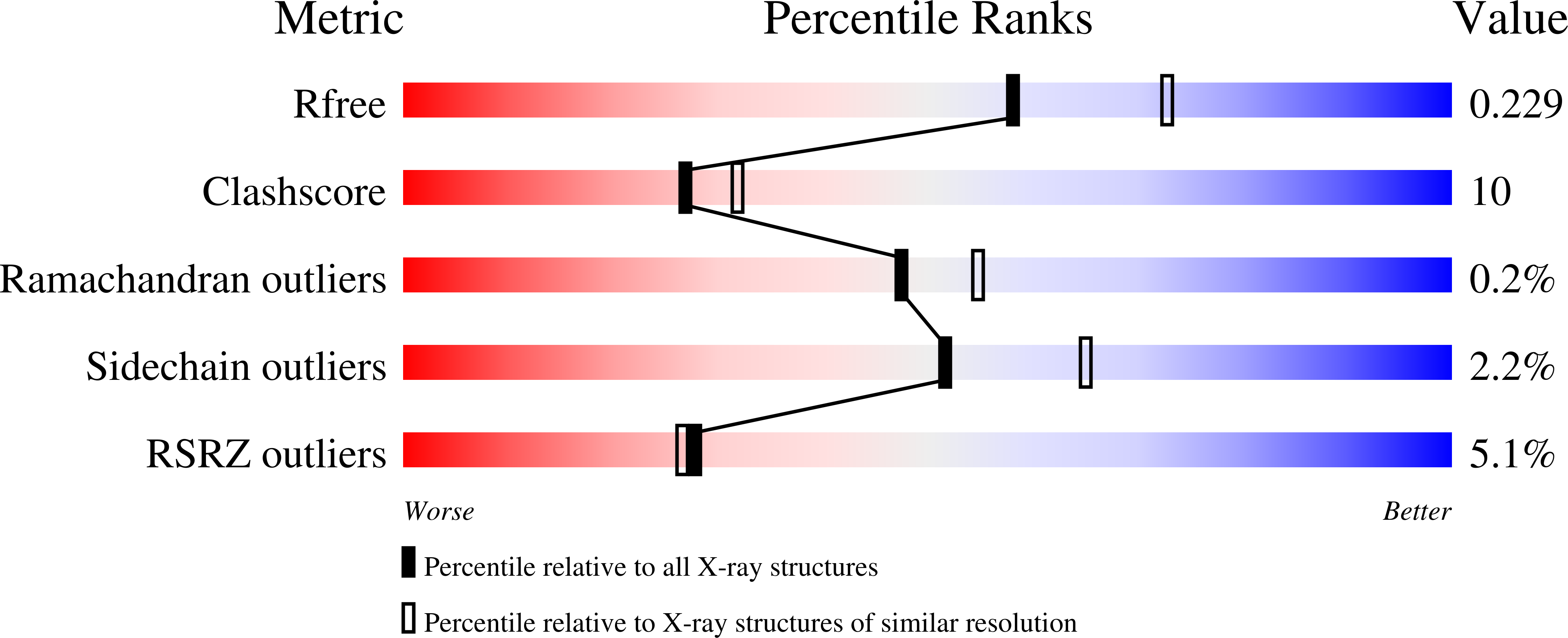
Deposition Date
2003-09-18
Release Date
2004-03-09
Last Version Date
2023-12-27
Entry Detail
PDB ID:
1ULZ
Keywords:
Title:
Crystal structure of the biotin carboxylase subunit of pyruvate carboxylase
Biological Source:
Source Organism:
Aquifex aeolicus (Taxon ID: 224324)
Host Organism:
Method Details:
Experimental Method:
Resolution:
2.20 Å
R-Value Free:
0.23
R-Value Work:
0.19
R-Value Observed:
0.20
Space Group:
P 21 21 2


